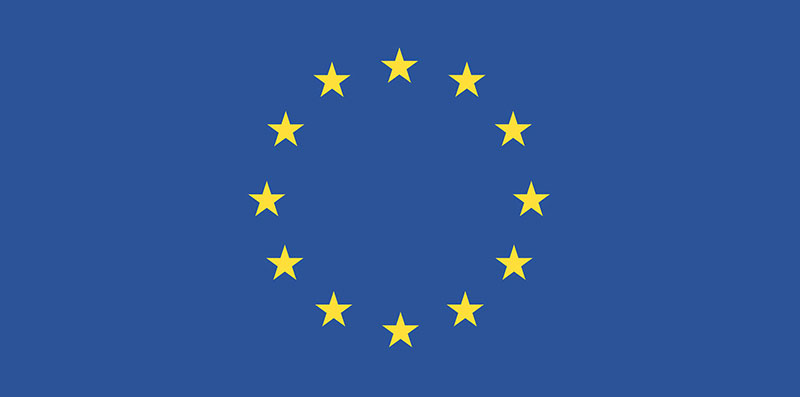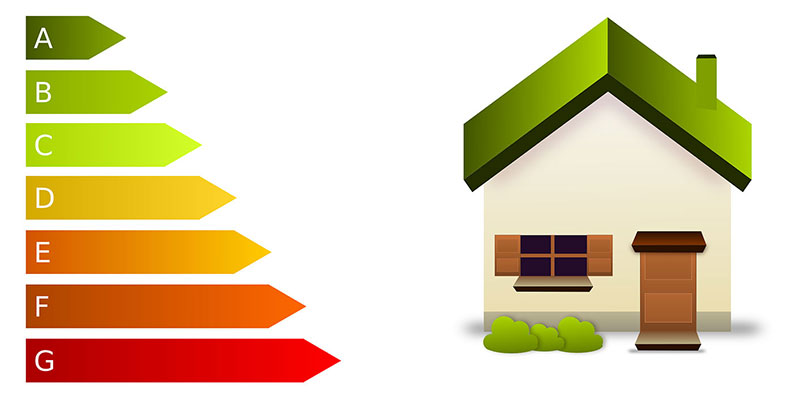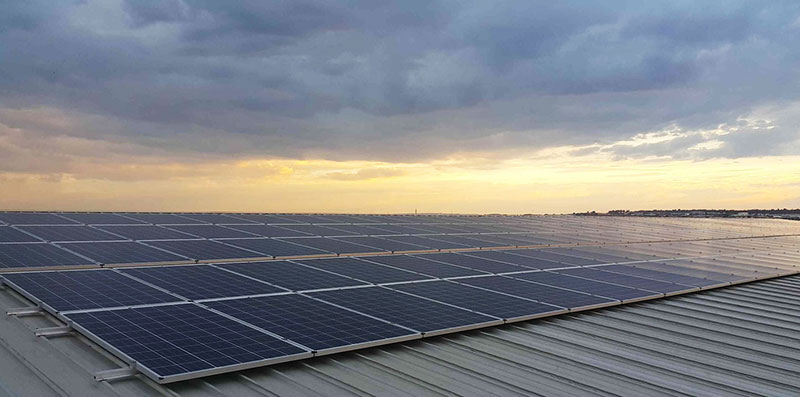The European directive is clear: the future of construction must have energy consumption close to zero.
The European Directive 2010/31/EU of the European Parliament and of the Council, issued on 19 May 2010 and concerning energy performance in buildings, speaks clearly regarding the focus on which we will have to focus in the near future and introduces the concept of nZEB buildings (Nearly Zero Energy Buildings).
The increasingly conspicuous attention towards the issue of reducing energy consumption becomes primary precisely because the building sector must be given a key role in achieving the objectives set by the EU in terms of energy efficiency: to date 40% of energy consumption and a third of CO2 emissions must in fact be attributed to the consumption of constructed buildings. For these reasons, with the introduction of almost zero energy buildings throughout the European Union, it is assumed that energy consumption will decrease by more than 40% as early as 2050.
The Directive in fact concerns all new constructions and major renovations and requires Member States to equip themselves with energy certification systems that are as homogeneous as possible, also calling them to provide economic and financial incentives aimed at transforming existing buildings into energy-efficient buildings. zero.

The definition of nZEB is found in the Directive itself: “zero energy building: building with very high energy performance, determined in accordance with Annex I. The very low or almost zero energy requirement should be covered to a very significant extent by energy from renewable sources, including energy from renewable sources produced on site or nearby.”
Although this definition may be clear, it certainly does not outline in detail the numerical parameters through which almost zero energy buildings can be obtained, nor the limits that must be respected or how this energy efficiency can and should be calculated. The apparent reticence of information can be traced back to the fact that the EU wanted each member country to transpose the Directive and rework it based on its own specific needs and local situations.
Article 9 – Nearly zero-energy buildings Member States shall ensure that:
- by 31 December 2020 all newly constructed buildings are nearly zero energy buildings;
- by 31 December 2018, newly constructed buildings occupied by public bodies and owned by the latter are almost zero energy buildings.
Member States shall also, following the example of the public sector, develop policies and adopt measures, such as setting targets, aimed at encouraging the transformation of renovated buildings into zero-energy buildings and inform the Commission accordingly. in national plans (..).
With the introduction of this new way of designing and building, important advantages are introduced both from an economic point of view, think of maintenance costs, and from an environmental point of view, thanks in fact to the significant reduction in the impact produced by our consumption.

In Italy the European Directive was implemented with Legislative Decree 63/2013 then transformed into Law 90 on 3 August 2013.
The Italian Law 90 transforms the generic “should be covered to a very significant extent by renewable sources” of the Directive into a mandatory requirement by binding it to a verification to be carried out and reported in the project report. Furthermore, it places emphasis on another important detail: the boundary of the system from which to produce renewable sources. Italian law, in fact, declares that only renewable energy produced “on site” can be considered truly valid for the purposes of calculation and verification control.
But not only have we made substantial changes to the directives received, we also have two cases of virtuosity in what concerns green building which make our country even more interesting and at the forefront in the European panorama. The Emilia Romagna region has, in fact, brought forward the obligation for nZEB buildings by two years compared to the European indications received while the Lombardy region has already implemented and put into force the standards required for nZEB buildings occupied or owned by public administrations .
For the Emilian case, the Regional Council Resolution no. 967 of 20 July 2015 indicates 1 January 2017 as the official date from which the criteria for public nZEB buildings came into force and 1 January 2019 for all other buildings.
For the Lombardy case, the deadlines are reported in Decree no. 6480 which declares that 1 January 2016 was the date from which the new building regulations came into force with regard to buildings occupied by public administrations or owned by the latter.

But how were the parameters that guarantee almost zero energy construction identified and consequently traced in Italy?
What allowed the implementation of the European directives and the related Law 90 in our country was the Minimum Requirements Decree, issued on 26 June 2016 and which includes the application of the energy performance calculation methodologies and the definition of the requirements and minimum requirements for nZEB buildings.
In fact, it identifies the first clear concept regarding the building limit to which Lombard buildings must aim from 1 January 2016: the comparison building, considered the maximum primary energy limit below which the project can be considered nZEB is the ‘reference building, calculated essentially by replacing the transmittance values of the structures of the real building with those set by the decree for buildings designed since the beginning of 2016 and using the yields indicated by the DGR in place of the system actually present in the building. Keep in mind that, when talking about the overall energy performance of a building, all five services must be taken into account: heating, cooling, DHW, ventilation and lighting; this presupposes that the designer must take into account all the systems involved, trying not to unbalance the performance towards only one or some of the above-mentioned services, so as not to create difficulties in complying with the checks required for the other services taken into consideration.
In addition to this, the Decree also prepares checks aimed at confirming or not the conditions indicated as indispensable for achieving the set objectives, analyzing in particular the ENVELOPE AND SYSTEM of the buildings themselves.
A green building, therefore, which has already become a reality in Italy and which will lead, in the increasingly near future, to the construction of only buildings aimed at energy saving, renewable energy and the substantial reduction of consumption. A trend that immediately wanted to make an important turning point in the way of building and above all concentrated its energies on the criteria now considered essential for common well-being, with a scope not only European but global.

